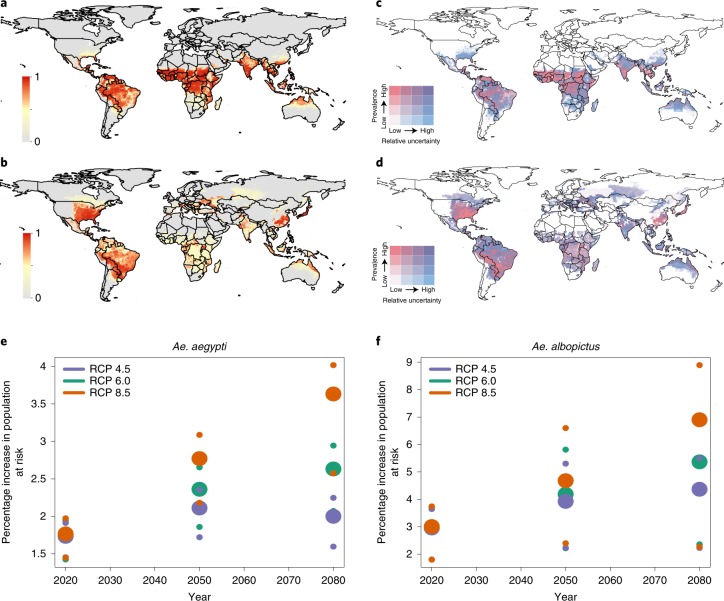Fig. 4. Predicted global geographical distribution of Ae. aegypti and Ae. albopictus.
a–d, The distribution of Ae. aegypti (a) and Ae. albopictus (b) in 2050 under the medium climatic scenario RCP 6.0 and uncertainty for Ae. aegypti (c) and Ae. albopictus (d). Predicted habitat suitability of Ae. aegypti quantile cut-off points were 0.24, 0.66, 0.88. Relative uncertainty was computed as the ratio of the 95% uncertainty intervals and predicted Ae. aegypti suitability for each pixel. Cut-off points for uncertainty were 0.08, 0.18, 0.31. The lowest quantile of predicted suitability is shown in white and the highest in dark pink. The lowest quantile for uncertainty is white and the highest is blue. The colours overlap such that areas in purple have both high predicted suitability of Ae. aegypti and high relative uncertainty. Pixels with high predicted suitability are shown in red whereas pixels with no predicted suitability are in grey. Predicted habitat suitability of Ae. albopictus quantile cut-off points were 0.13, 0.41, 0.70. Cut-off points for uncertainty for Ae. albopictus were 0.16, 0.36, 0.53. e,f, The global population predicted to live in areas suitable for Ae. aegypti (e) and Ae. albopictus (f) under the conservative (RCP 4.5), medium (RCP 6.0) and worst-case scenario (RCP 8.5) using the binary cut-off values of suitability of 0.46 and 0.51 for both species, respectively.

